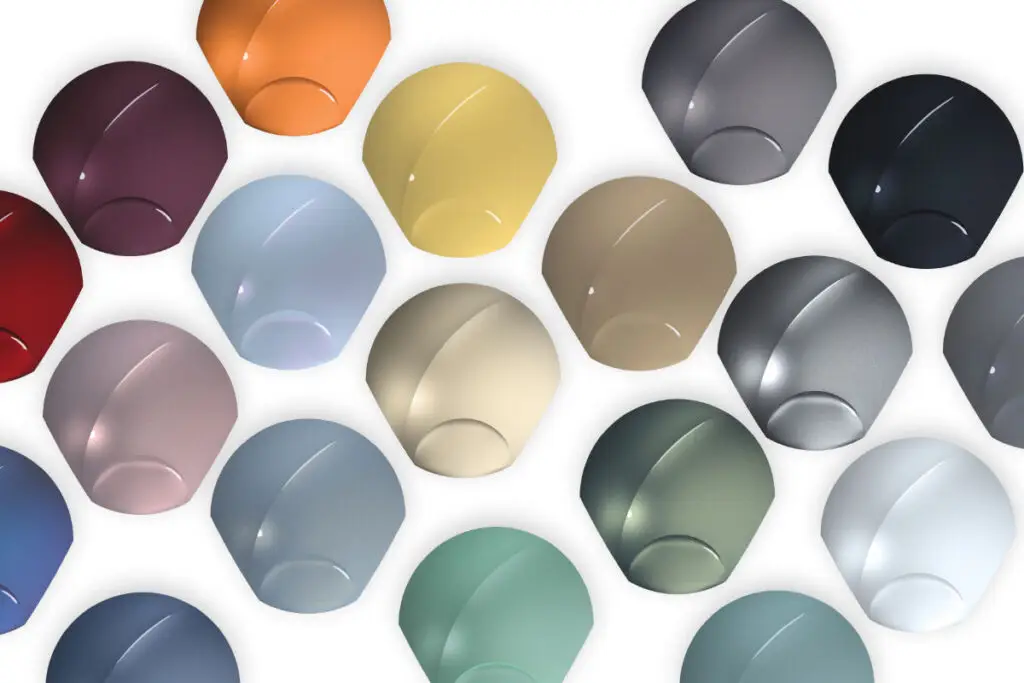by Eli Greenbaum
Today, thanks to advanced coating technologies, the spectrum of colours available to a car customer is wider and deeper than ever before.
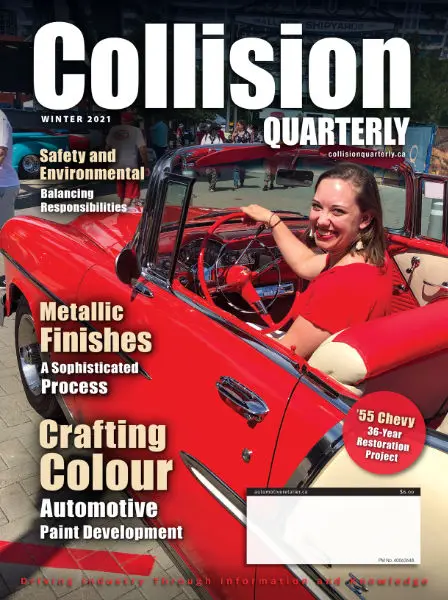
More than a century ago, a revolutionary automaker named Henry Ford told his marketing and sales team, “Any customer can have a car painted any colour that he wants, so long as it is black.” He made that seminal statement while speaking about the Model T—the car that arguably and ultimately made auto ownership affordable for millions of people. At that time, offering only one colour made sense because it made mass production easier and faster and helped make Ford’s assembly line a masterpiece of efficiency.
Back then, owning a car was a big deal and people were probably not too fussy about a car’s colour, as long as they could get one. More than a century later, while black is still a popular car colour, it certainly is not the only car colour available. Far from it.
Today, thanks to advanced coating technologies, the spectrum of colours available to a car customer is wider and deeper than ever before. Throw in a rainbow of metallics, pearlescent finishes, flaked coatings, lavish solids, special effects, tri-coats, and quad-coats, and customers have a huge cafeteria of choices. There are also the ultra-premium custom hues available if your pockets are deep enough. Sophisticated technology and creativity allow the production of colours that were unthinkable just a few decades ago. In fact, if Ford were alive today, he might amend his statement to something like “Customers can have cars painted any colour, as long as they can imagine that colour.”
Assuming that a new colour can be produced, there is still another
key step: survival in the real world.”
These days, major automotive paint companies such as BASF, Axalta, and PPG are applying their capabilities to develop colours that will appear in the market in the next few years. The following is a top-down look at where these colours come from, who chooses them, which are popular, and what is coming next.
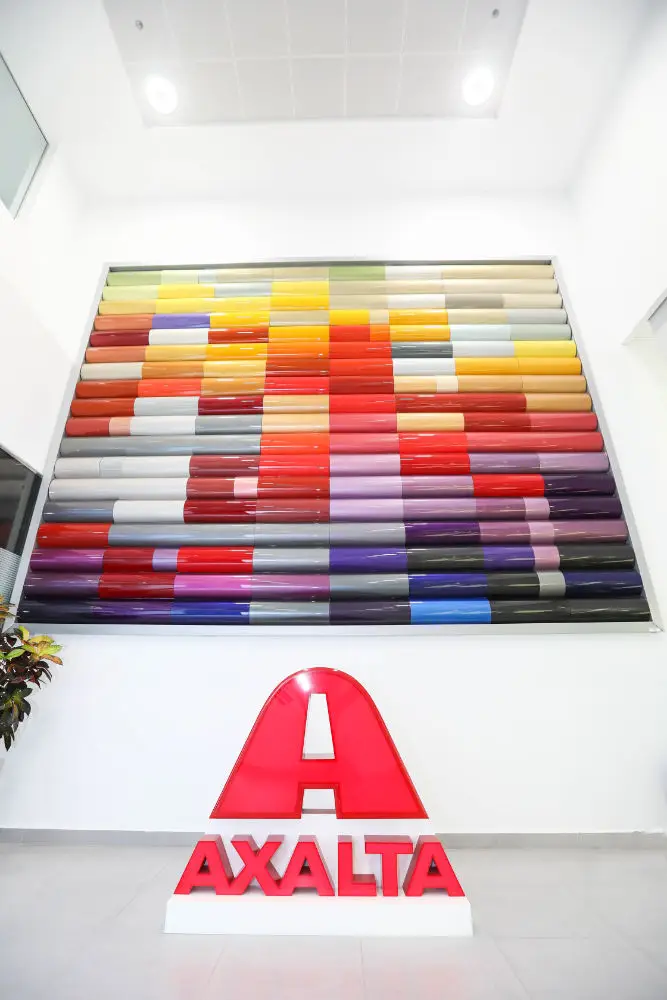
For all these companies, there are certain core colours—silver, gray, white, and black, making up approximately 75 percent of world-wide new car sales and about 65 percent of North American sales—that are always available and refined year after year: maybe made a little richer, more metallic, or injected with another tone. And then there are the trend colours—those that reflect (pardon the pun) changing consumer tastes. To identify trend colours as well as new colours, stylists first do the research. They examine fashion palettes, interior design collections, even the colours of household appliances to see what other industries are offering. They study nature—flora and fauna, the skies and the oceans—for unique hues. They also look at the digital world and the visual impressions it makes on consumers. They ask, which colours are people buzzing about and asking for? And which ones will technology allow us to create, and translate into automotive coatings?
At PPG a colour forecasting team, comprising 30 stylists from eleven countries, meets annually to discuss and predict colour trends. The team is made up of designers from several PPG business divisions, including automotive, architectural, electronic, aerospace, and others. They make presentations to each other about what is happening in their respective industries, identify the trends, and decide whether and how to apply them to their colour offerings.
PPG has always had an uncanny ability to forecast consumer tastes. In 2020, PPG forecasted that while sales of core-coloured cars would vary slightly, sales of blue-painted automobiles would increase over the next four years. (The colour currently coats 10 percent of all new cars sold in North America).
Then came COVID-19. PPG’s experts believed that the trend would probably last even longer. “COVID-19 has consumers focusing on their desires and priorities,” said Misty Yeomans, PPG colour styling manager, Americas. “Blue is an optimistic, comforting colour that conveys trust, dependability, confidence, healing, and hope. It is also associated with nature, cleanliness, and future-forward technology.” For PPG, momentum toward blue is growing; Yeomans expects it to morph into more vivid shades, deep luxury tones, and tints with turquoise influence.
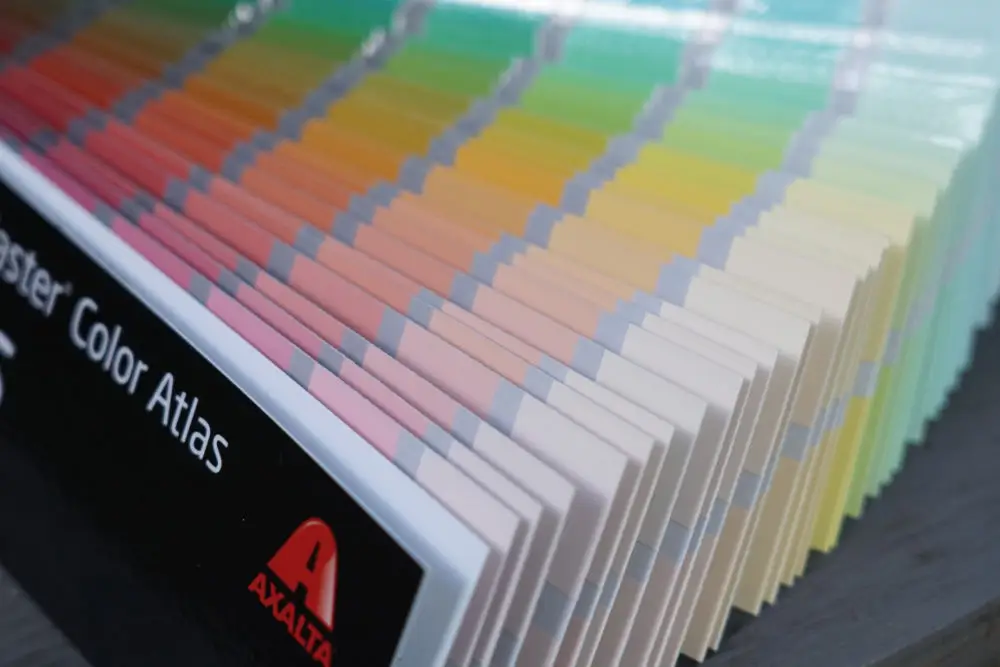
Axalta and BASF take a similar trend-study tack. At BASF, Paul Czornij, head of design for the Americas, works with colleagues from the company’s colour studios located in Southfield, Michigan; Muenster, Germany; Yokohama, Japan; and Shanghai, China, to create a collection of colours based on recognized societal trends. With their global perspective, BASF designers look at evolving values around society to spot trends and their corresponding colours. The company’s colour palette represents a blend of the physical and digital worlds. The latest collection includes everything from reimagined whites to jet blacks, calm greens, and a variety of vibrant blocks of in-between colours. Many of the colours display innovative concepts that intertwine surface, texture, and hue, making them a combined tactile, visual, and emotional experience.
Axalta, known for developing innovative colours, has an internal team of stylists staying in touch with the world of fashion, exploring nature and the environment, monitoring lifestyle changes, and keeping an eye on the role industrial technology plays in colour development. Dan Benton, global product director of colour for Axalta’s refinish business, sees the current trend of neutral shades dominating the market. “I think we’ll see the trend for neutrals—white, silver, gray, black—to maintain popularity, but green-shaded blues are emerging, as are lighter pastels, metallics, and dark shades of burgundy.”
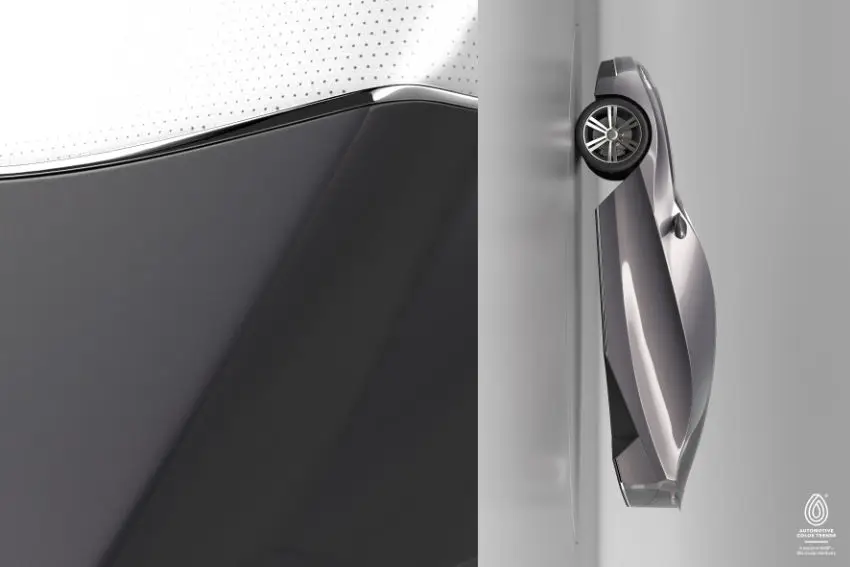
After each of these companies develops its own colour collection, they meet with the automotive OEMs and put on a show presenting their palettes and explaining why the selections were made. In almost every case, the OEMs have their own set of stylists and marketers determining which colours will support brand identities and images and which are appropriate for specific models and geographic regions. A black, silver, or dark blue Mercedes-Benz is fine; a pink Benz? Not so much. Occasionally, consumers may be invited to voice their opinions through colour clinics, focus groups, and surveys. In the end, however, it is a collaborative process between paint companies, their suppliers, and the OEMs to determine which colours to retain, which to enhance, which to debut, and which to allow to quietly fade away.
A black, silver, or dark blue Mercedes-Benz is fine; a pink Benz?
Not so much.”
But when developing colours, it is not only about what the colour looks like, although that is obviously the most important part. There are other considerations: can the colour actually be created in a coating that will adhere properly to a car’s aluminum, steel, fibreglass, plastic, or carbon fibre surface? Will the colour interfere with or enhance radar or lidar capabilities? Is it an economically feasible colour to develop? That is where advanced technology comes in to create the chemistry and processes that develop new pigments and other components that allow new colours to come into being and use. And that aspect is progressing every day as science moves forward with new technological discoveries and applications.
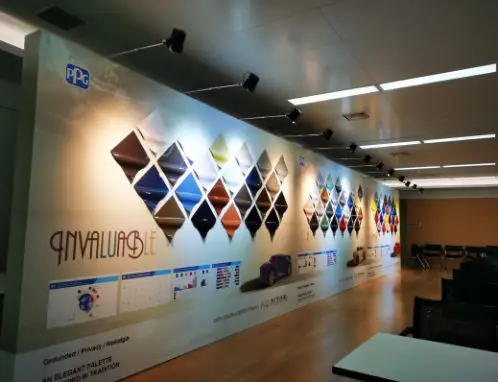
Assuming that a new colour can be produced, there is still another key step: survival in the real world. To ensure that they can, new colours are sprayed onto automotive panels and undergo accelerated weathering tests. The process usually takes from one to three years and is followed by durability, fade resistance, adhesion, paint integrity, and bleed-through analysis and evaluation. The weathering includes exposing the panels to extreme sun, heat, and cold. Then there is the abuse by snow, hail, gravel, sand, dirt, and more, to ensure that the coating can pass universal quality standards. And we are still not finished. Last comes an equally critical step: determining that the colour can be accurately and easily reproduced in the refinish process. In other words, can Canada’s collisions centres refinish a damaged car and restore the new coating to its original appearance? For Canada’s collision repair industry, this is the critical concern. With the three paint companies noted, the answer is an emphatic yes. PPG, BASF, and Axalta work closely with their internal refinish divisions to ensure that their customers’ body and paint technicians understand the chemical structure of the new paints and have the training to correctly match the colour when they repair a car. We will look at that aspect of colour in an upcoming issue of Collision Quarterly. For now, when you see a bird with unusually coloured feathers, a sunset with an intense red cast, or a shirt in an intriguing pastel hue, keep in mind that you may someday see that colour on a car towed into your shop.

